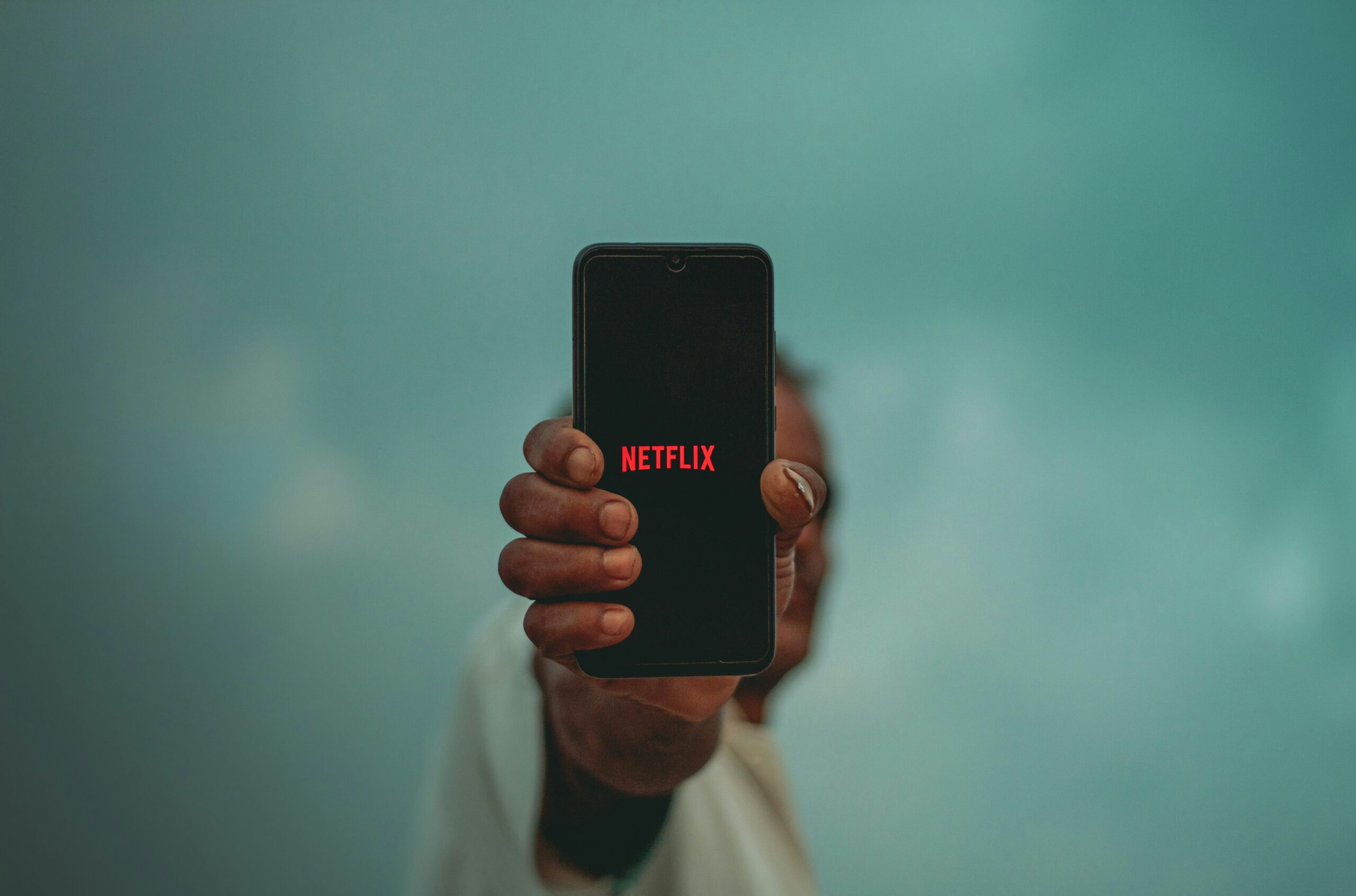Netflix goes all in on generative AI just to hold the boom mic
Netflix goes all in on generative AI just to hold the boom mic

### Netflix Goes All In on Generative AI, Just to Hold the Boom Mic
In the gleaming, server-cooled halls of Silicon Valley and Hollywood, a new mantra is being whispered, then shouted: Generative AI is not just the future, it’s the now. And in this frantic gold rush, it seems Netflix is ready to spend billions, not on the next groundbreaking script or visionary director, but on perfecting the art of holding a stick. A very important, sound-capturing stick, but a stick nonetheless.
The headline might be satire, but the sentiment is uncomfortably real. We’re living in an era of technological solutionism where the answer to every question is “AI,” even when no one has bothered to ask the question. The image of a complex, multi-million-dollar AI model, trained on every film set photograph in history, meticulously calculating the optimal angle to hold a boom mic—just out of frame, away from the key light, while subtly adjusting for an actor’s unexpected head turn—is the perfect metaphor for our current corporate obsession. It’s magnificent overkill.
Netflix, like every other major tech and media company, is indeed going all-in on AI. A glance at their job postings reveals roles like “AI Product Manager” with salaries approaching seven figures. The goal? To integrate machine learning and AI into every facet of the business, from content acquisition and algorithm-driven recommendations to the very nuts and bolts of production. During the recent WGA and SAG-AFTRA strikes, the threat of AI in creative roles was a central, hard-fought battleground. The fear wasn’t just about AI writing scripts or creating digital actors; it was about the devaluation of human skill and artistry at every level.
And that’s where the boom mic operator comes in.
This role is a craft. It requires physical stamina, a deep understanding of acoustics, situational awareness, and the subtle art of collaboration on a busy, chaotic film set. A good boom operator anticipates an actor’s dialogue, feels the rhythm of a scene, and works in concert with the camera operator and director. It is a deeply human job, reliant on intuition and experience.
To replace this person with a generative AI system is to fundamentally misunderstand the goal. It’s to prioritize a line item on a budget over the collaborative spirit of filmmaking. The perceived “efficiency” of an AI boom operator who never needs a coffee break or gets tired ignores the unquantifiable value of a human being who is an active participant in the creative process. The AI can be trained on data of what has been done, but it cannot replicate the spark of on-set problem-solving or the shared energy of a crew working together to capture a perfect take.
The “AI boom mic” scenario highlights the absurd conclusion of this trend. We are so enamored with the *capability* of our technology that we are failing to ask about its *purpose*. Is the goal to tell better stories, or is it simply to optimize production to the point of soulless, automated perfection? Are we using AI to empower artists with new tools, or are we using it to systematically remove them from the equation, one “unnecessary” job at a time?
As Netflix and its competitors continue to pour resources into their AI initiatives, we should keep this image in mind. The quest for innovation is vital, but when it leads you to build the world’s most advanced, intelligent, and expensive microphone stand, it might be time to wonder if you’ve lost the plot. The future of entertainment shouldn’t be about whether an AI can hold the boom mic, but whether we’ll have any human stories left for it to record.
